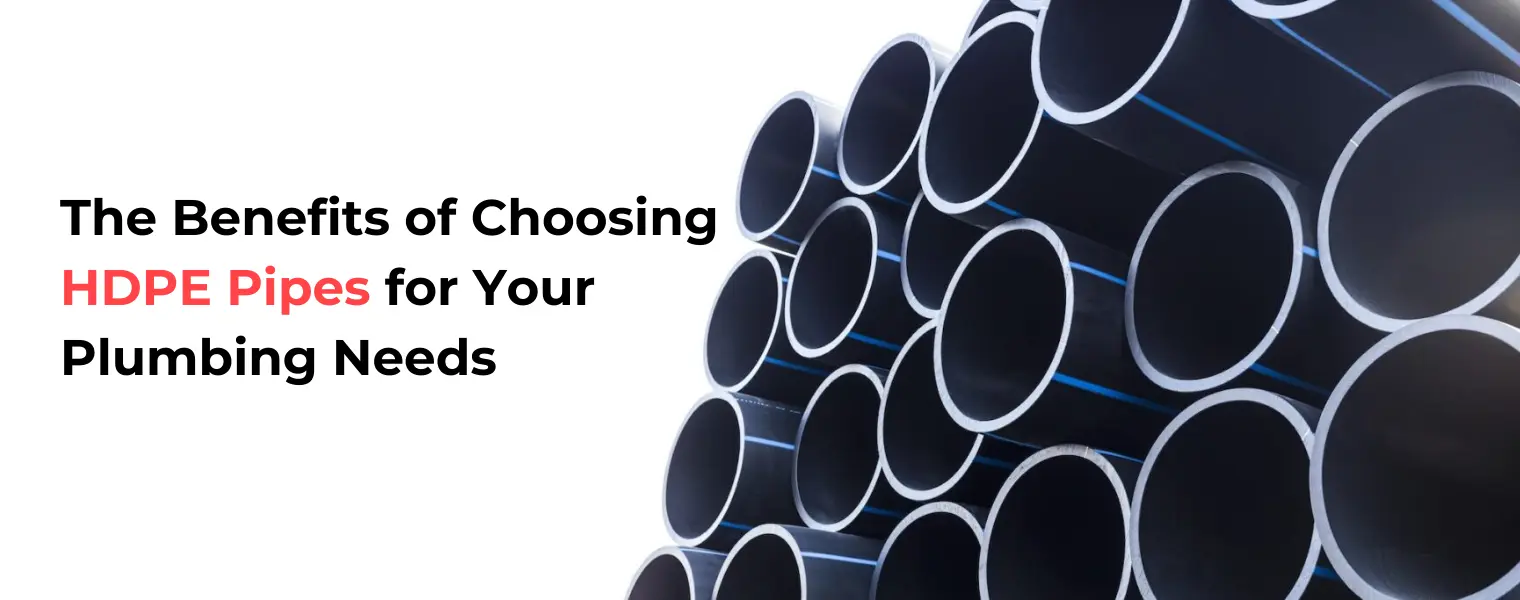
When it comes to plumbing, choosing the right pipes is crucial for ensuring the longevity and functionality of your plumbing system. While there are several types of pipes available on the market, HDPE pipes are becoming increasingly popular due to their many benefits.
HDPE pipes, or High-Density Polyethylene pipes, are made from a thermoplastic material that is known for its high strength-to-density ratio, making it a strong and durable material for plumbing applications. Here are some of the benefits of choosing HDPE pipes for your plumbing needs:
One of the most significant advantages of HDPE pipes is their durability. HDPE pipes are resistant to impact, abrasion, and corrosion, making them ideal for plumbing applications. They can withstand extreme temperatures and are resistant to chemicals, which means they will last longer and require fewer repairs over time.
HDPE pipes are flexible, which means they can bend without breaking. This feature makes them easy to install in areas where there are obstacles, such as trees or other structures. It also makes them less likely to burst or crack if the ground shifts or settles, which can happen over time.
HDPE pipes are cost-effective when compared to other materials like copper or PVC. They are also lightweight, which makes them easier to transport and install, reducing labour costs.
HDPE pipes require very little maintenance, which means they are ideal for use in applications where regular maintenance would be difficult or costly. They are also resistant to biological growth, reducing the need for cleaning and maintenance.
HDPE pipes are safe for use with drinking water as they are resistant to chemicals and do not leach any harmful substances into the water. This makes them an excellent choice for plumbing applications where drinking water is involved.
HDPE pipes are recyclable, which makes them an eco-friendly option for plumbing applications. They are also made from a material that requires less energy to produce, reducing the carbon footprint of the manufacturing process.